A few years before his retirement, Sicilian chemist Emanuele Paternò wrote his final editorial preface for Gazzetta Chimica Italiana, the journal he had founded 50 years earlier. Recalling the circumstances under which he had entertained the idea of an Italian journal as a young man, Paternò lamented that Italy had lagged behind the achievements of Germany and the UK in the 19th century, where there were great laboratories led by eminent men. He listed them all, with admiration and with words of resolve to redress the balance.1
Gazzetta was conceived in 1870 to publish original research conducted in Italy, and also to summarise major findings recently published abroad. Within a decade, only original research could be accommodated and the volume size was doubled. Paternò intended the journal as a step towards a national chemical society, modelled on those in London, New York, Berlin and Paris. Under his editorship, the Gazzetta was the first manifestation of a hope that Italian chemical research could match the higher status he perceived was held by other European nations. His career would be shaped by this goal, and by a commitment to the Italian state that led him to occupy many positions in public office – including as mayor of Palermo in Sicily, vice-president of the Italian senate and on government councils for education and public health.2,3
Beginning his career at the University of Palermo in 1872, Paternò became professor of applied chemistry in Rome in 1893 and divided his time between science and politics in both cities. The Chemical Society of Rome was soon formed with Stanislao Cannizzaro as its first president, and merged with other regional societies to form the Italian Chemical Society early in the 20th century. Paternò worked tirelessly to close the gap to the scientific communities he respected in the UK and Germany, but would race ahead of his time by using a resource less available there. For unlike Britain, Italy has sunshine.
Paternò assumed a link between reactions induced by sunlight and biosynthetic pathways. In a lecture to the 1909 International Congress of Applied Chemistry in London, UK, he spoke about using nature’s tool – enzymes, sunlight and microorganisms – in organic synthesis, and published the first of a series of papers in Gazzetta entitled ‘synthesis in organic chemistry by means of light’ in the same year. He expressed frustration that little success in achieving useful reactions had been accomplished to date. Organic photochemistry was limited mostly to reducing quinones and other ketones, and oxidising alcohols – simple transformations that could be carried out with other reagents. The enormous potential of sunlight, obvious to Paternò from the complex syntheses that occur in plants, had not been realised.4 Embarking upon his own photochemical research, the reaction for which his name would be remembered appeared in the second paper of the series. Mixtures of 2-methyl-2-butene and either benzaldehyde or benzophenone were exposed to sunlight in flasks arrayed on the laboratory roof for periods of 2–3 months during the summer. Using steam distillation or crystallisation to extract the products, Paternò was perhaps looking for evidence of alkene oxidation to form the plant product isoprene (2-methyl-1,3-butadiene). Instead, he identified that coupling of the reaction partners had occurred to form a compound containing oxygen, but which was not an alcohol, aldehyde or ketone. The Italian speculated that a four-membered cyclic ether (oxetane) had been formed, but found no means to determine which of two possible oxetane isomers he had made, or indeed if the reaction had proceeded with regioselectivity at all.5 He excluded the possibility of thermal coupling, but could deduce no more. The trail was cold.
Only 45 years later would George Büchi shed light on the problem. Büchi obtained his doctorate at the Swiss Federal Institute of Technology (ETH) in Zurich, under Leopold Ružička, who had won the Nobel prize in 1939 for terpene synthesis. He then spent three years studying free radical chemistry with Morris Kharasch in Chicago, US. His independent career, spent solely at the Massachusetts Institute of Technology (MIT) in Cambridge, US, would pay its debt to these early experiences with a focus on natural products synthesis and organic photochemistry, and Büchi had a wonderful skill in devising elegant degradation methods to reveal the structures of complex natural products.6 Shortly after joining MIT his attention was drawn to Paternò’s problem, when a report on acid-catalysed cleavage of 1,3-diols7 led him to realise that oxetanes undergo a similar degradation, through the same cationic intermediate. Acid can cleave either C–O bond of each oxetane isomer, so each oxetane forms two possible cationic species that collapse to form an aldehyde or ketone product and an alkene. One isomer produces acetone and benzaldehyde, while the other produces acetaldehyde and benzaldehyde.
Büchi repeated Paternò’s coupling reaction using a UV lamp, and obtained only acetaldehyde and benzaldehyde following acid-catalysed decomposition of the product. No acetone was produced, and the possibility that isomer I (see figure) undergoes ring-opening to form only the cation leading to benzaldehyde was discounted by a separate acid-catalysed degradation of the corresponding 1,3-diol.8
Thereby showing that oxetane II is formed in the regiospecific photochemical [2+2] cycloaddition to be subsequently known as the Paternò–Büchi reaction, Büchi’s elegant work was published in 1954 – the first in his own series of papers entitled ‘light-catalyzed organic reactions’. They stand in tribute to the pioneering spirit of Paternò who came before.
Edit: The video originally published alongside this story contained errors that were not the responsibility of the author
References
1. E Paternò, Gazz. Chim. Ital., 1920, 50, preface
2. G Provenzal, Profili bio-bibliografici di chimici italiani: sec. XV – sec. XIX, 1938, 231; Istitute nazionale medico farmacologico, Serono
3. W J Pope, J. Chem. Soc. (Resumed), 1937, 181 (DOI: 10.1039/jr9370000170)
4. E Paternò, Gazz. Chim. Ital., 1909, 39, 237
5. E Paternò and G Chieffi, Gazz. Chim. Ital., 1909, 39, 341
6. G A Berchtold and L H Foley, Biogr. Mem. (Natl. Acad. Sci. USA), 2000, 79, 1 (link)
7. J English Jr. and F V Brutcher Jr., J. Am. Chem. Soc. 1952, 74, 4279 (DOI: 10.1021/ja01137a012)
8. G Büchi, C G Inman and E S Lipinsky, J. Am. Chem. Soc. 1954, 76, 4327 (DOI: 10.1021/ja01646a024)
Additional information
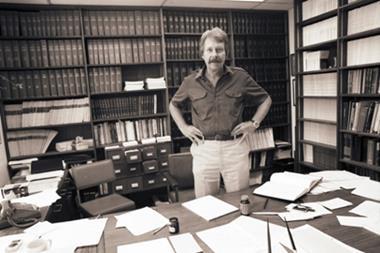
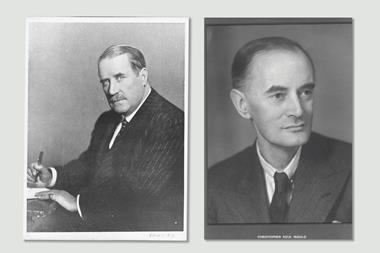
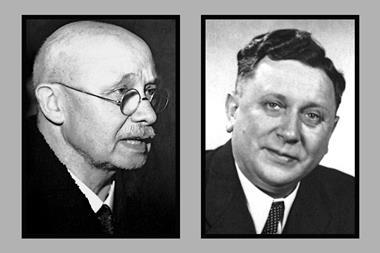
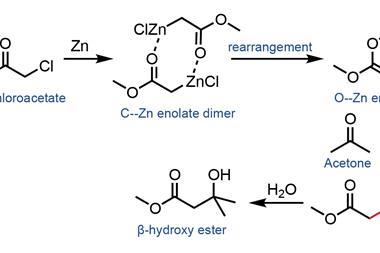
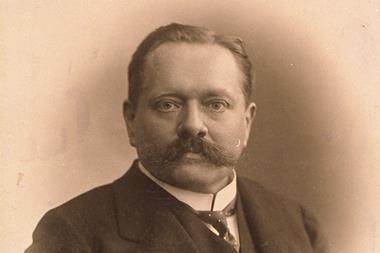

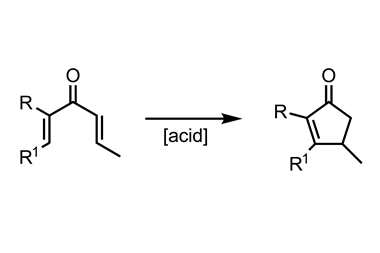

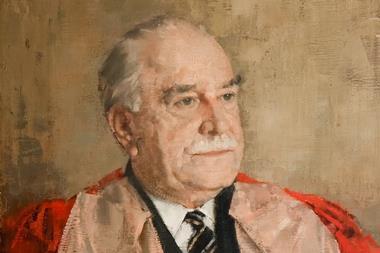












No comments yet